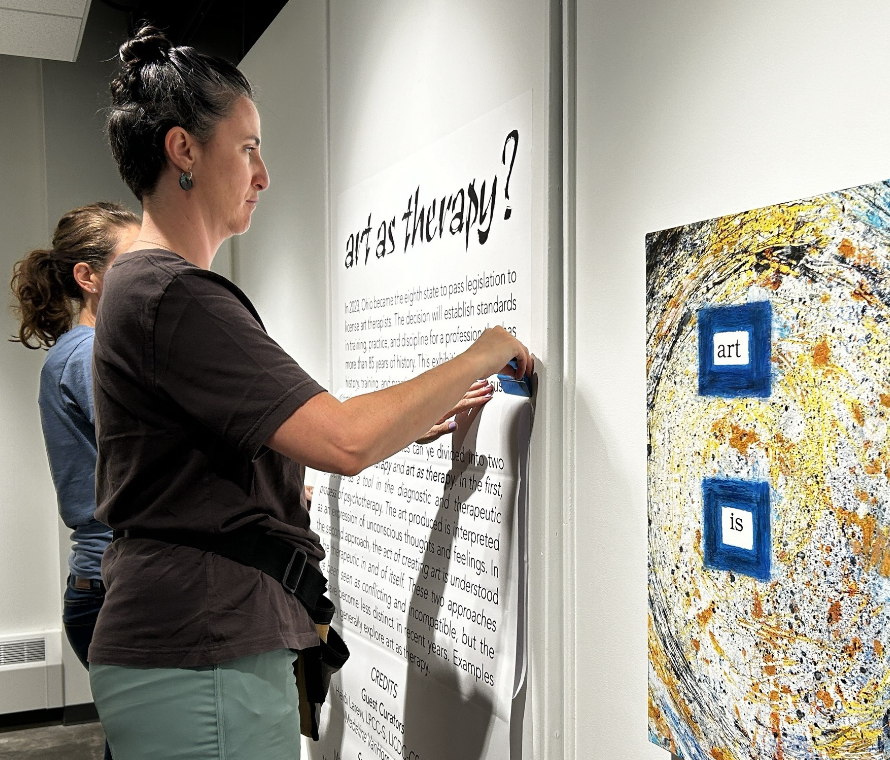Alexandra Didato
Try slapping your hand for 30 seconds, while spinning around in a circle, all while balancing yourself on your toes. The tingling sensation in your hand, strain in your calves, and lack of control over your balance is exactly what those with Charcot-Marie-Tooth (CMT) experience on a daily basis.
“Those with Charcot-Marie-Tooth don’t view the tingling in their hands, lack of balance, and walking on the tips of their feet as unusual; those sensations are normal for them,” said UA student Lauren Kukwa.
Kukwa, a junior at UA majoring in chemical engineering, decided to put on an awareness event to educate UA students on the degenerative condition referred to as Charcot-Marie-Tooth.
The CMT Dance/Glow Party was held Saturday night in the Quaker Ballrooms. The event consisted of DJs, a variety of glow sticks, a dance floor, snacks and activities people could participate in to win glow-in-the-dark star necklaces.
“I think that the event was definitely a success,” said junior Renee Horn. “People came out, danced and had fun while also participating in CMT simulating exercises that helped give them a better understanding of what living with CMT is like.”
According to cmtausa.org, the disease was discovered in 1886; today, it affects an estimated 2.6 million people worldwide. The website explains that CMT is a progressive disorder, in which nerve cells leading to limbs are slowly damaged. As it stands, there is no known predictor as to how far or quickly the disease will progress in a patient. Depending on how quickly or far the disease progresses in a person’s body, CMT can even
be fatal.
Cmtausa.org shares that early signs of having the disease can include “frequent tripping or clumsiness, often accompanied by an abnormal burning sensation in the feet or hands.” As the disorder progresses, symptoms
can increase and become more severe.
One known contributing factor to acquiring the disease is heritability. “Each child of a person affected with the dominant form of CMT has a 50-50 chance of inheriting the disease,” according to cmtausa.org.
One of the factors that makes a diagnosis for this disease so frightening is that there is currently no known cure for CMT.
“Personally having the disease, and having a family history of the disease, I’m very passionate about raising awareness on this disease,” Kukwa said. “There are very few campuses in the U.S. that do fundraising and awareness events, and I hope that Akron will become one of them.”






